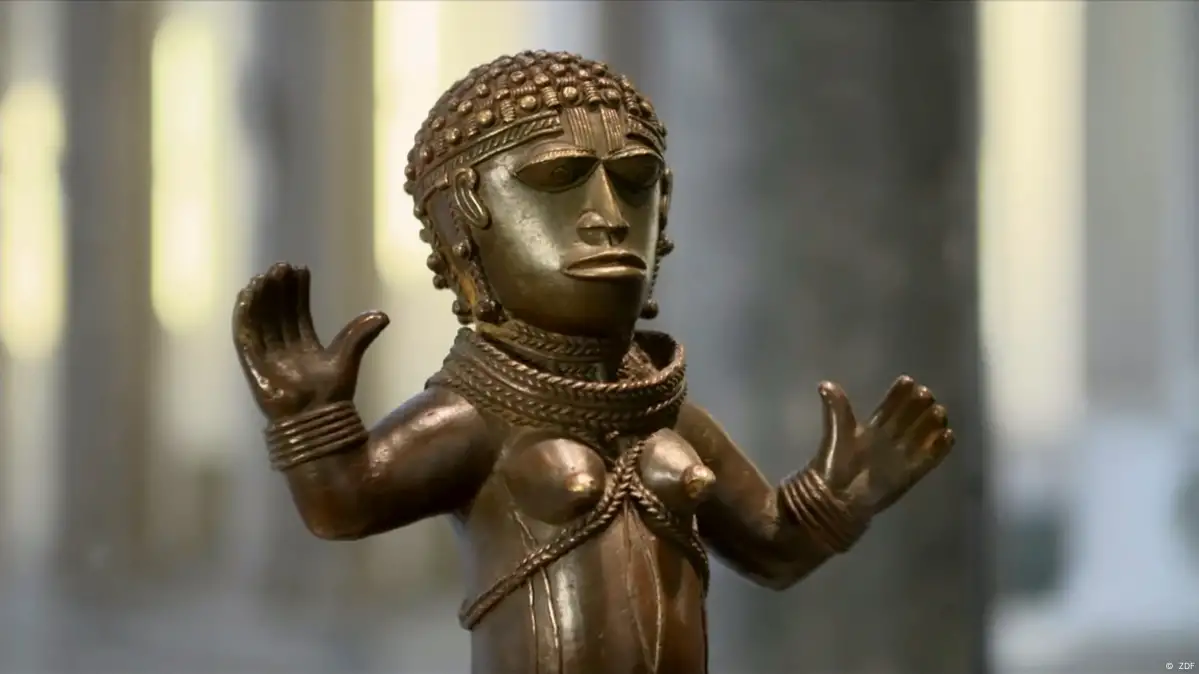Restitution of objects taken as a result of "white curiosity" is still the exception rather than the rule. According to Bénédicte Savoy, a critic of Berlin's Humboldt Forum museum, institutions are still stone-walling. "The greatest fear is arousing desire. They don’t want to give things back. So they keep quiet." Sealed off from the public, artifacts stored by German museums are not always treated as well as one might expect. At Berlin's new Humboldt Forum, some 10,000 artifacts will soon be on public display. But in a collection one million objects strong, the vast majority of artifacts continue to be stored in a facility in the suburb of Dahlem, which once suffered ankle-deep flooding due to structural problems. When artifacts are lost through things like insect damage or confusion within inventories, experts call it "Passive decollecting". Many museums do not even know how many cultural artifacts they possess. Munich's Fünf Kontinente Museum has records of just 57,000 of its estimated 160,000 pieces, while Hamburg's MARKK, formerly the Museum of Ethnology, has no idea which objects are in which boxes following roof damage and the disposal of asbestos. The Netherlands and France have undertaken the complete digitization of global artifacts. But in Germany, budget and staff shortages mean such a process won’t be possible in the next few years. So when will indigenous communities be able to finally look at their own cultural relics held in Germany? And how well equipped are ethnological museums to make such heritage available to the cultures that created it? Many objects no longer exist in their countries of origin, despite having a growing cultural relevance and value. The documentary takes a critical look at the situation, making it clear that the problems are not the fault of often extremely-dedicated museum staff. They are structural problems, and solving them will require increased resources, research, and transparency.
